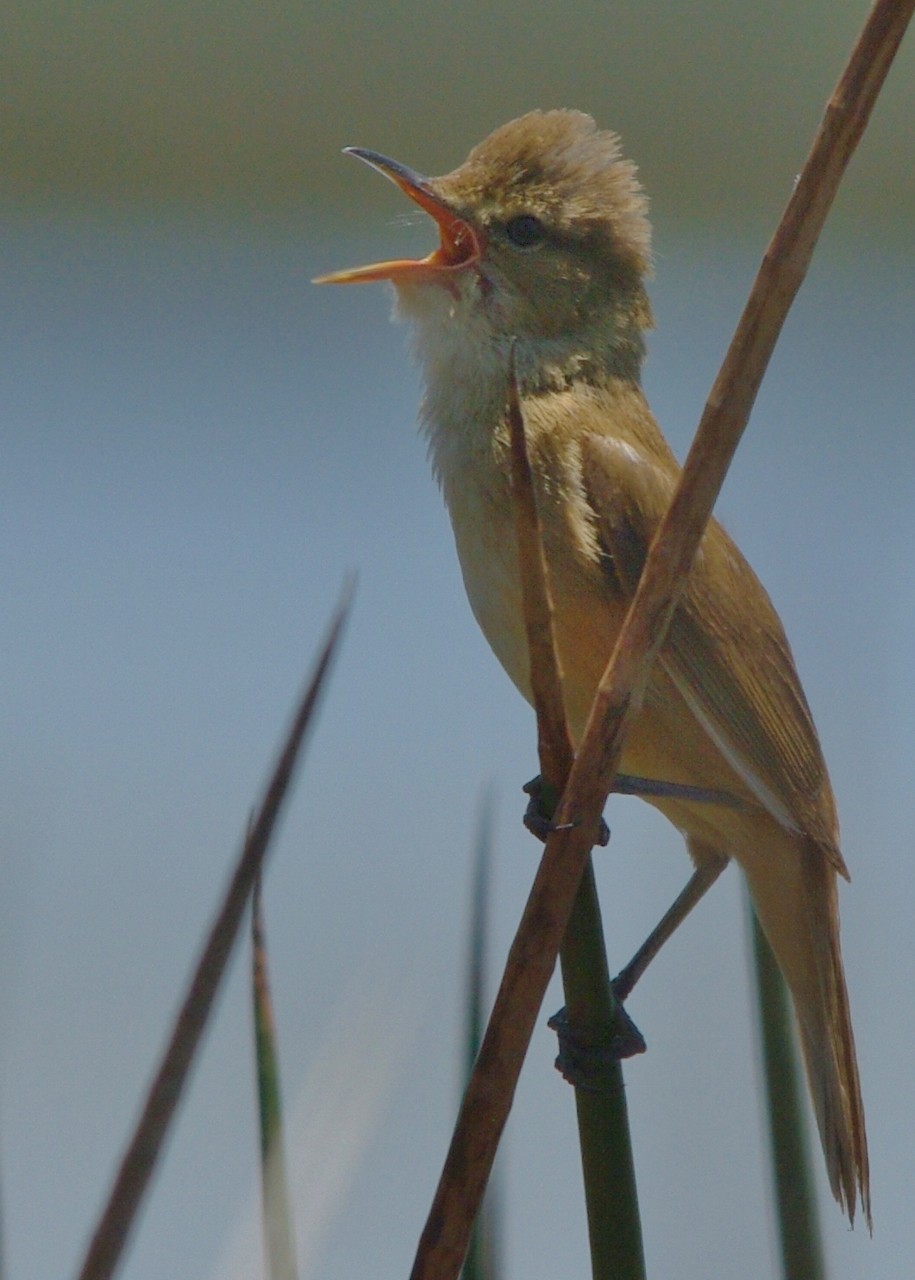Australian Reed Warbler
A species of Reed-warblers Scientific name : Acrocephalus australis Genus : Reed-warblers
Australian Reed Warbler, A species of Reed-warblers
Botanical name: Acrocephalus australis
Genus: Reed-warblers
Content
Description General Info
 Photo By Gary Tate No3 , used under CC-BY-SA-4.0 /Cropped and compressed from original
Photo By Gary Tate No3 , used under CC-BY-SA-4.0 /Cropped and compressed from original Description
This species appears long (15–18 cm), slender and plain, with drab brown plumage that varies with wear. Wing tips fall short of the uppertail-coverts giving the wings a short appearance. The beak is long and thin (17-23mm) with a slightly decurved bill that has a slight hook at the tip. The tarsus and feet appear long compared to the tibia which is short and feathered. Sexes are monomorphic. In fresh plumage, birds have russet brown plumage extending from the crown down to the back. The uppertail-coverts are rufous, the tail measurers between 51–71 mm, the underparts and belly plumage is a duller rufous brown than the back, and white plumage is found on the throat and chin. An indistinct pale brown supercilium extends from close to the bill to midway on the ear-coverts, the feathers on the crown are slightly elongated and they are often raised to form a crest during song Juveniles are very similar to adults but have yellowish-brownish uppertail-coverts and underparts. Worn plumage on rump and uppertail-coverts is duller and the upperparts have a grey or olive tinge, the underparts become faded and appear to merge into the paler throat plumage and the supercilium fades to white. 
Size
17 cm
Colors
Brown
Gray
White
Nest Placement
Shrub
Feeding Habits
Australian Reed Warbler primarily feeds on insects, spiders, occasionally molluscs, and seeds. They forage individually or in pairs, gleaning from dense riparian vegetation and shrubs. Sometimes seen foraging on open mud, australian Reed Warbler employs a variety of tactics to hunt diverse prey.
Habitat
Australian Reed Warbler thrives in diverse wetland habitats, which include freshwater marshes, saltwater areas, and environments with brackish water. Preferring dense, vertical vegetation like reeds and rushes, australian Reed Warbler also occupies shrublands and riparian woodlands. Their adaptability to different altitudes is evident as they inhabit elevations up to 2,300 meters, demonstrating broad ecological versatility.
Dite type
Insectivorous
General Info
Feeding Habits
Bird food type
Behavior
Males arrive at breeding sites before females to establish a breeding territory. During breeding season, it is believed that males use song to establish and defend their territories as well as to advertise their fitness to other males and to females. Males use song extensively throughout the breeding season and can be observed singing from a perched position on breeding ground reeds with their fore crown feathers raised and throat feathers puffed out whilst singing. Whilst males and females build the nest used for incubating eggs and raising chicks, males build a different type of nest structure during courtship. These nest like structures lack the strength and shape to be suitable for eggs and chicks and are constructed prior to breeding commencement. This behaviour and the resultant nest like structures is believed to be driven by mate selection, as well as the selection of a breeding territory during the formation of breeding pairs. 
Species Status
Not globally threatened.
Scientific Classification
Phylum
Chordates Class
Birds Order
Perching birds Family
Reed warblers Genus
Reed-warblers Species
Australian Reed Warbler